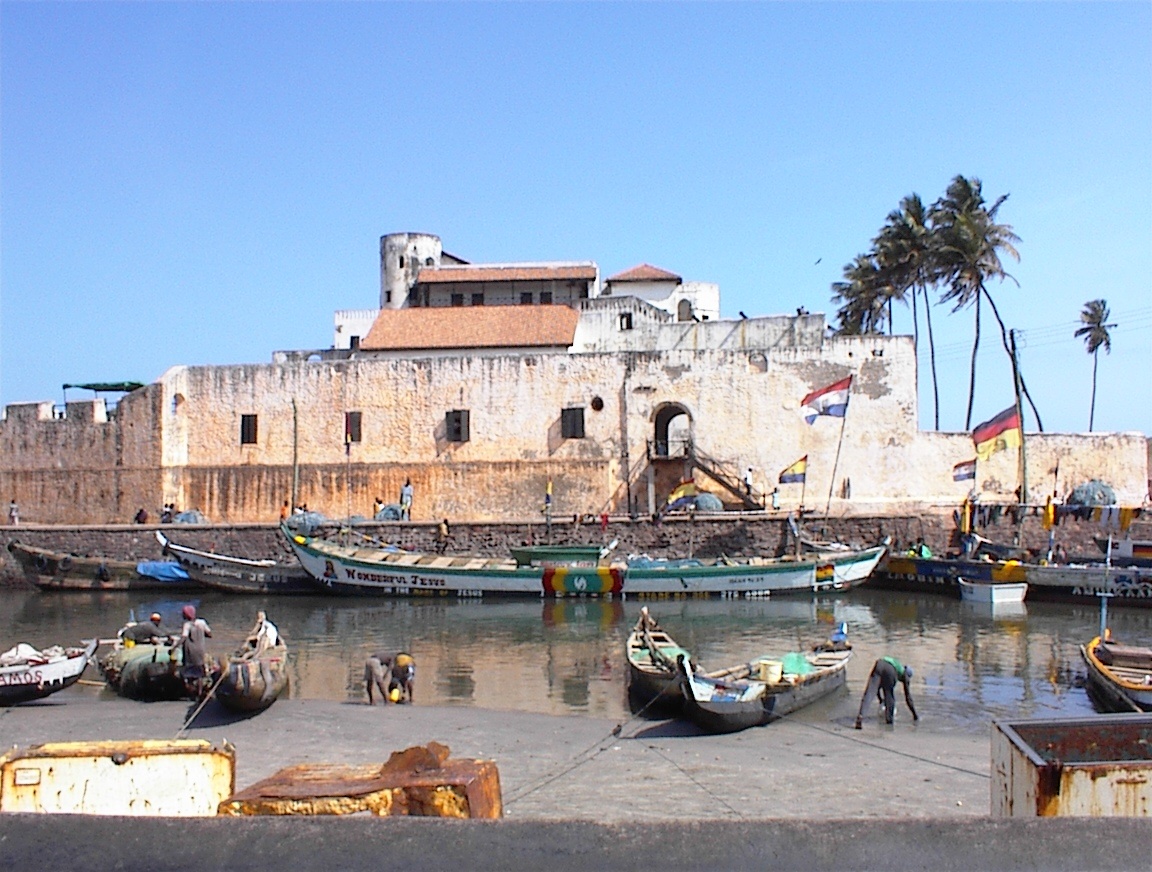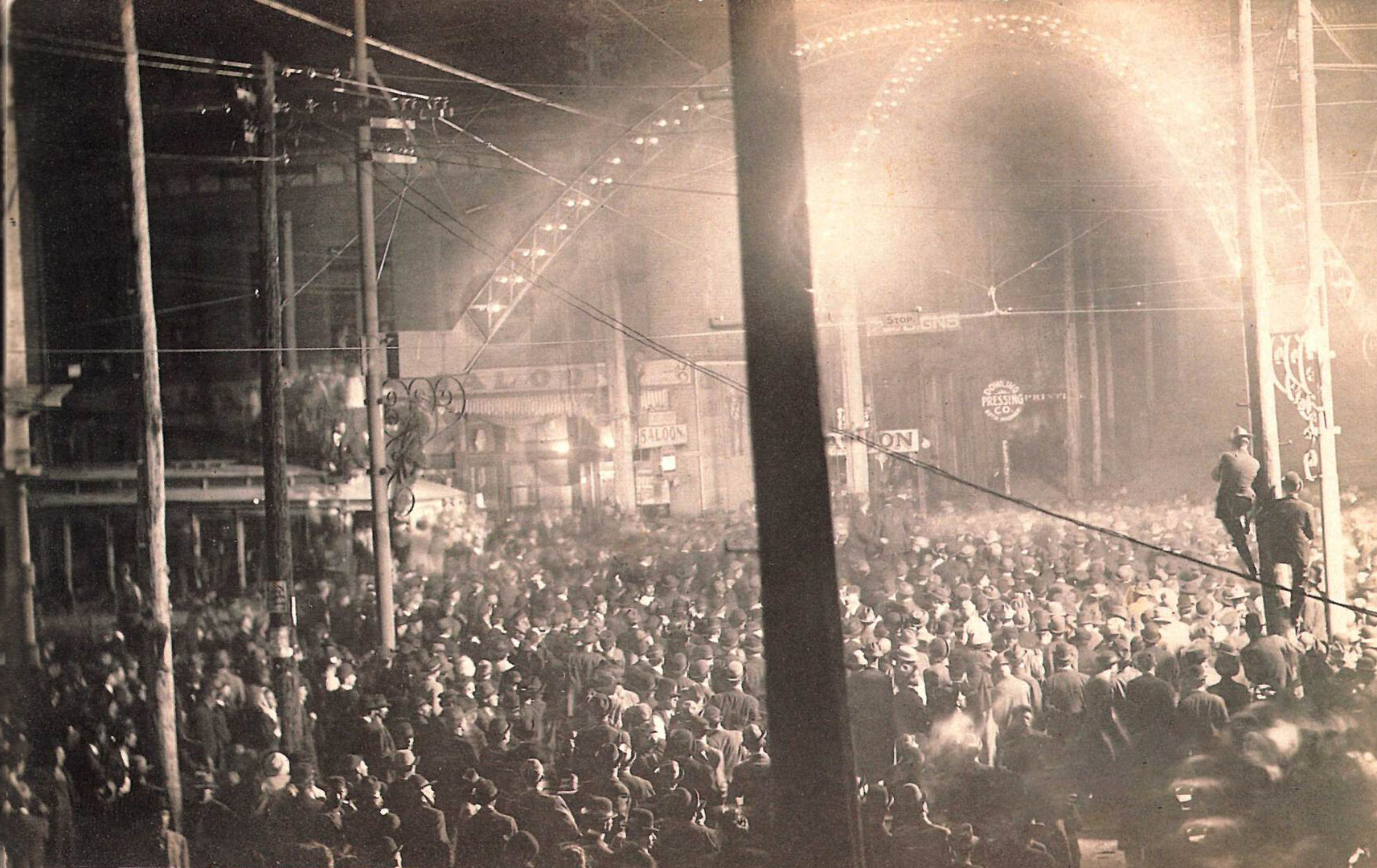 |
| First image from a search - 'poetry reading' |
Tonight, J and I went to a great poetry reading at Collected Works in downtown Santa Fe. Muse Time Two is a series that pairs a local NM poet with a wider-known more established writer. The pairings often illuminate each authors work. I like the idea.
Tonight's reading was by Connie Voisine and Martha Collins. Voisine is the director of the writing program at NMSU in Las Cruces. Her poetry was beautiful.
Collins read from her books Blue Front (2006) and White Papers (2012). They are companion books about race, specifically race from a white American point of view.
Blue Front seems to be the stronger of the two books. It is centered around Collins' father witnessing the hanging in 1909 of Will James. There were 10,000 participants.
I want to let that number linger for a second. 10,000 people helped hang someone in 1909 in Cairo, Illinois in front of a restaurant named the Blue Front. In front of a 5 year-old boy. Below is a photo of the event.
The poems Collins read were a little too disjointed, a little too knowing. There was an aura of self-consciousness. Too aware of the topic. Obviously you are aware of it, but it was all a touch too blunt. Too 'white liberal guilt'. The moments of brilliance came in the unanswered and cut off questions. She had an entire poem with each line starting 'Because...' and not a one had an ending.
My stumbling into Collins poetry is an interesting coincidence. I just read Lose Your Mother by Saidiya Hartman. A similar examination of race but from the other side.
Hartman examines the African slave trade by taking a trip to Ghana. She attempts to connect with a place that is meant to be 'home'. She finds ambivalence and, in some cases, outright anger at her presence. At her insistence of bringing up the horrors of selling people.
 |
| Elmina Castle - Portuguese slave trading post |
Both of these books attempt to address race in a new way. From a different entry point. Collins comes at it with poetry and by addressing her whiteness. And using that as a means to open up what her being that means in America. She addresses blackness by acknowledging she can only address whiteness.
Hartman attempts to come at the topic of slavery honestly. She wants to see how the African tribes were complicit in the trade. She admits that going to Ghana, standing in the old Elmina castle does nothing to fill the empty space she feels. As a white man reading her book, I felt like that is the problem of the slave trade. There is no way to fill that space.
Both of these women address race calmly, without anger or melodrama. They also do it by telling their own stories. Collins tells that of her father and that 10,000 strong lynch mob. Hartman writes herself into the narrative, allowing us to see her disappointment and struggle with the topic.
Hartman manages a delicate balance of listing those accountable while not pointing a finger at the reader. Collins is less successful, but she has less room to do so. It is not her topic to be gracious about. It is not a topic to be gracious about. It is to Hartman's credit that she has chosen to open the topic up in this way.
I am grateful for Hartman's abilities to let me, a white man, into the conversation. I feel like it comes across condescending to say, but it is true. Being honest about our feelings on race is the first step to even begin to pretend to fix the problem.

No comments:
Post a Comment